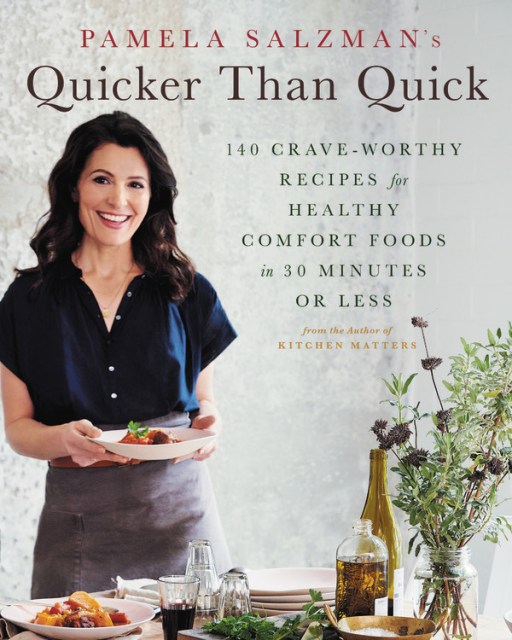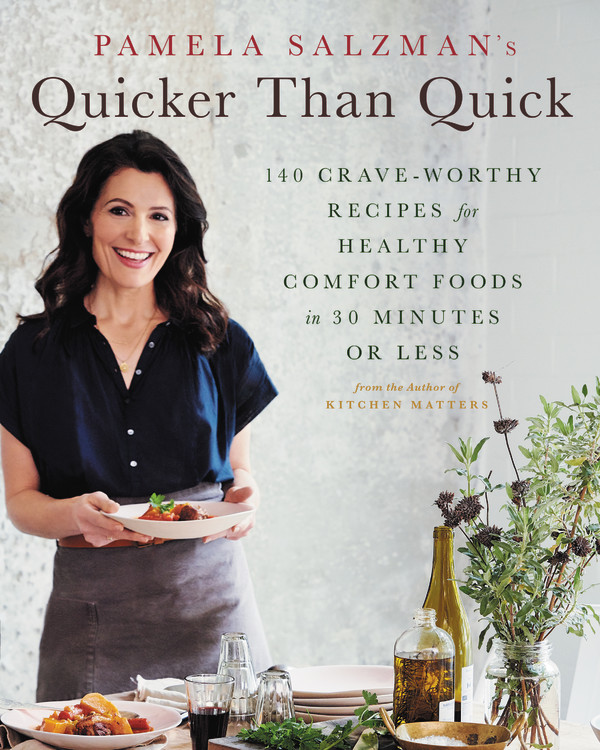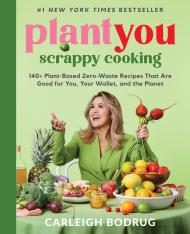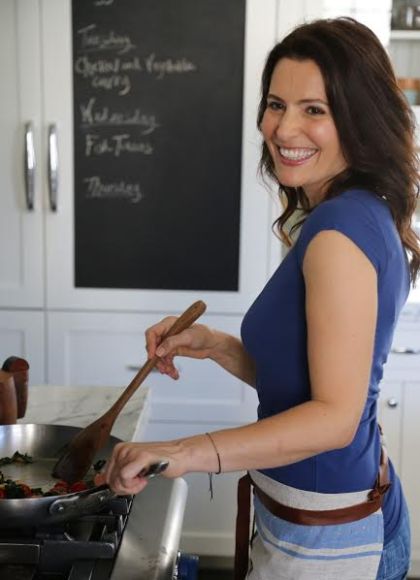Promotion
25% off sitewide. Make sure to order by 11:59am, 12/12 for holiday delivery! Code BEST25 automatically applied at checkout!
By clicking “Accept,” you agree to the use of cookies and similar technologies on your device as set forth in our Cookie Policy and our Privacy Policy. Please note that certain cookies are essential for this website to function properly and do not require user consent to be deployed.
Pamela Salzman’s Quicker Than Quick
140 Crave-Worthy Recipes for Healthy Comfort Foods in 30 Minutes or Less
Contributors
Formats and Prices
- On Sale
- Apr 21, 2020
- Page Count
- 272 pages
- Publisher
- Balance
- ISBN-13
- 9780738285672
Price
$28.00Price
$35.00 CADFormat
Format:
- Hardcover $28.00 $35.00 CAD
- ebook $14.99 $19.99 CAD
This item is a preorder. Your payment method will be charged immediately, and the product is expected to ship on or around April 21, 2020. This date is subject to change due to shipping delays beyond our control.
Buy from Other Retailers:
Pamela Salzman, beloved Los Angeles-based cooking instructor and author of Kitchen Matters, is back with a collection of quick, delicious meals that don’t compromise on flavor or nutrition. In Quicker Than Quick, Pamela shares an arsenal of cooking class-tested, family-approved, easy, healthful recipes that will have you covered through breakfast, lunch, and dinner. These inventive sheet pan dinners, stovetop skillet meals, Instant Pot recipes, and quick versions of time-consuming comfort foods require minimal hands-on time and don’t use exotic, hard-to-find ingredients.
Equally useful are the techniques and tricks that teach you great ways to hack your meals, without sacrificing quality. With recipes customizable for a range of diets (vegan, vegetarian, gluten-free, dairy-free, grain-free, Paleo, and nut-free), as well as suggestions for how to repurpose almost every recipe in the book and general ideas for using up leftovers, Quicker Than Quick will make your cooking like a snap — and your local fast food delivery obsolete.
Genre:
-
"Browsing through Pamela's recipes always makes me feel hungry and this book is no exception. She has a real talent for combining fresh, real ingredients in a way that simply makes you want to eat them. Whether you're just getting started with cutting out processed food or you're a seasoned cook, her easy and delicious recipes and simple philosophy will appeal to just about anyone!"Lisa Leake, #1 New York Times bestselling author of 100 Days of Real Food
-
"When I became a mom, cooking healthy meals at home became a priority. Pamela's teaching and recipes make it super easy! Her tips for planning meals and prepping ahead have changed my life."Molly Sims
-
"Pamela is one of the most well-respected cooking teachers in Los Angeles, and this culinary bible is the next best thing to sitting with her, taking in her vast knowledge of whole, natural food cooking."Catherine McCord, author of Weelicious and Weelicious Lunches
-
"This cookbook is for everyone; gluten-free, dairy-free, paleo, or vegan. Not to mention, the recipes are delicious and loaded with my favorite 'Fab Four' wild proteins for muscle tone, healthy fats for glowing skin, plus loads of fiber and antioxidant-rich vegetables for gut health!"Kelly LeVeque, author of Body Love, Holistic Nutritionist & Health Coach
-
"Kitchen Matters is packed with tasty, enlivening homemade meals that are so easy and approachable, they become second nature. It's an incredible resource for anyone who's looking to rid their pantry of processed foods and get on a path to a healthier kitchen and lifestyle."Jodi Moreno, author of More with Less
-
"You'd better be standing in a kitchen when you flip through this book for the first time-the enticing color photos of the dishes will make you want to start cooking immediately."Taste for Life
-
"Beautifully and profusely illustrated throughout, Kitchen Matters is an impressive compendium of palate pleasing, appetite satisfying, kitchen cook friendly recipes that would grace any and all dining occasions."Midwest Book Review
Newsletter Signup
By clicking ‘Sign Up,’ I acknowledge that I have read and agree to Hachette Book Group’s Privacy Policy and Terms of Use







